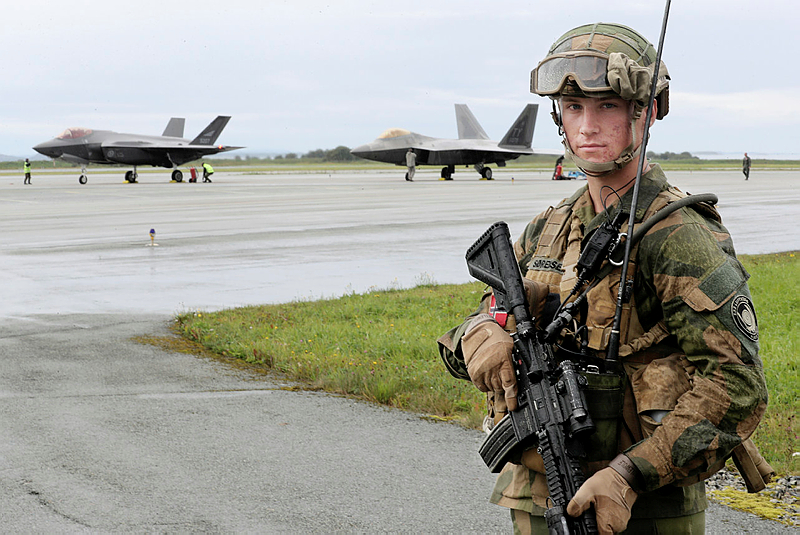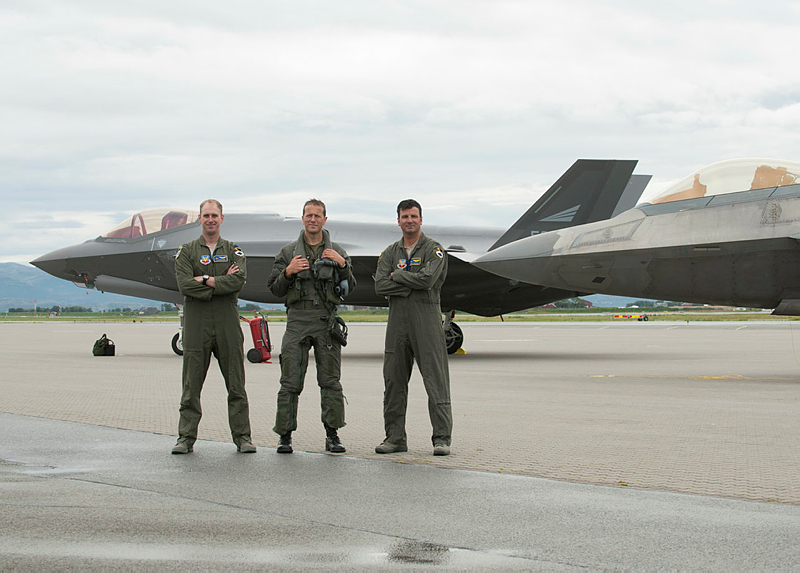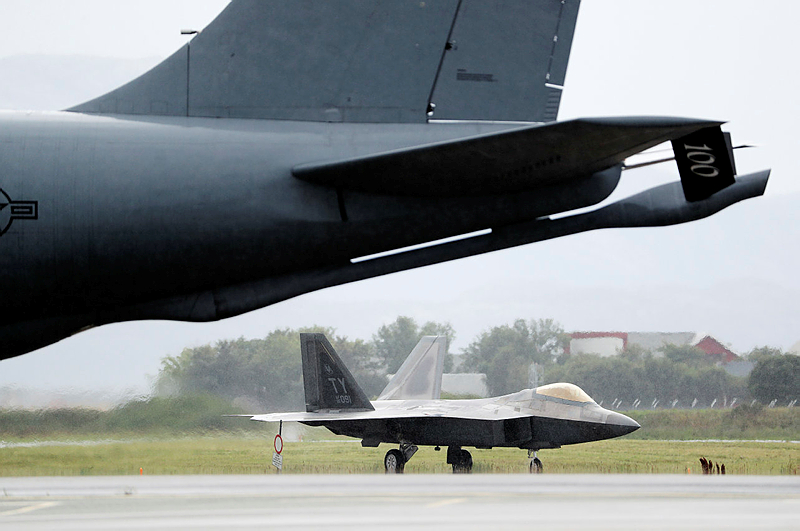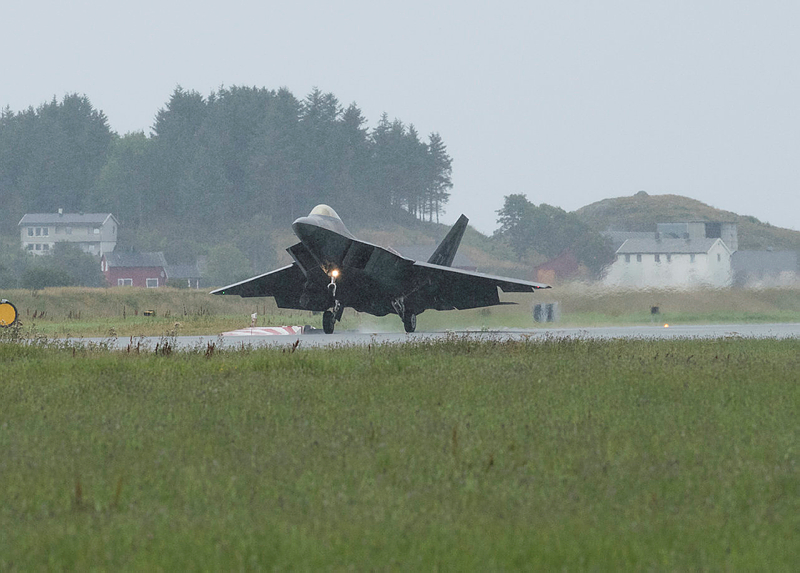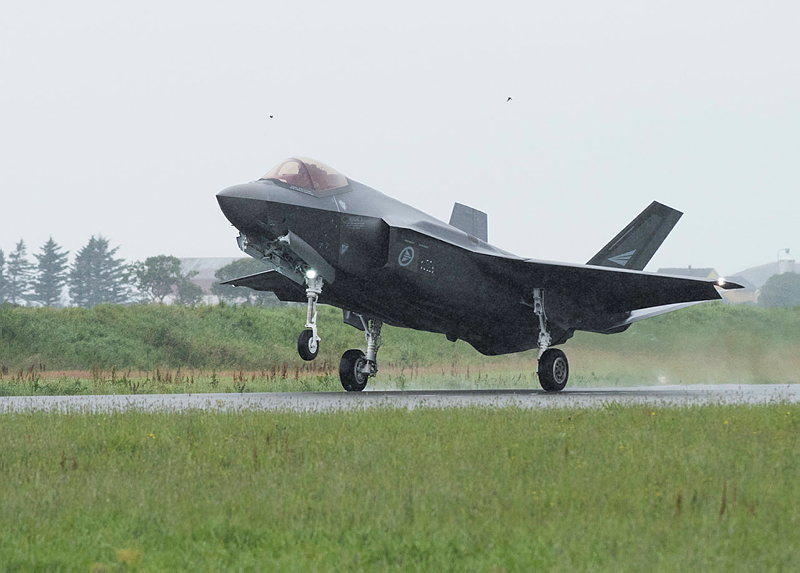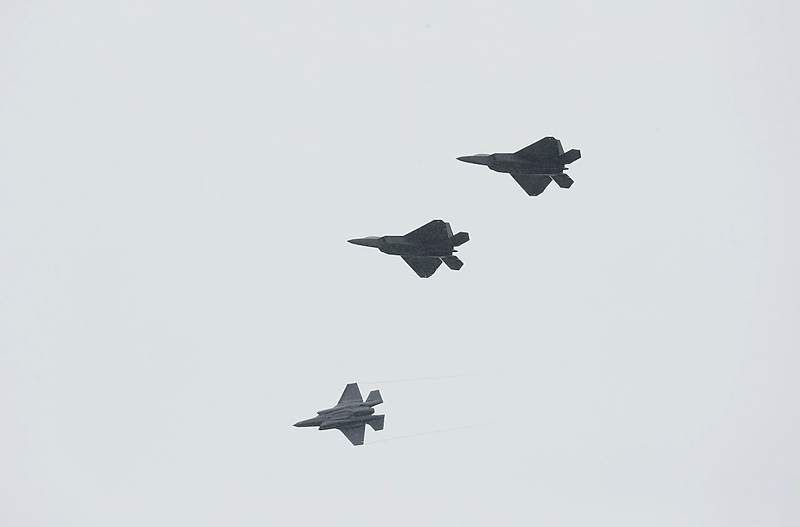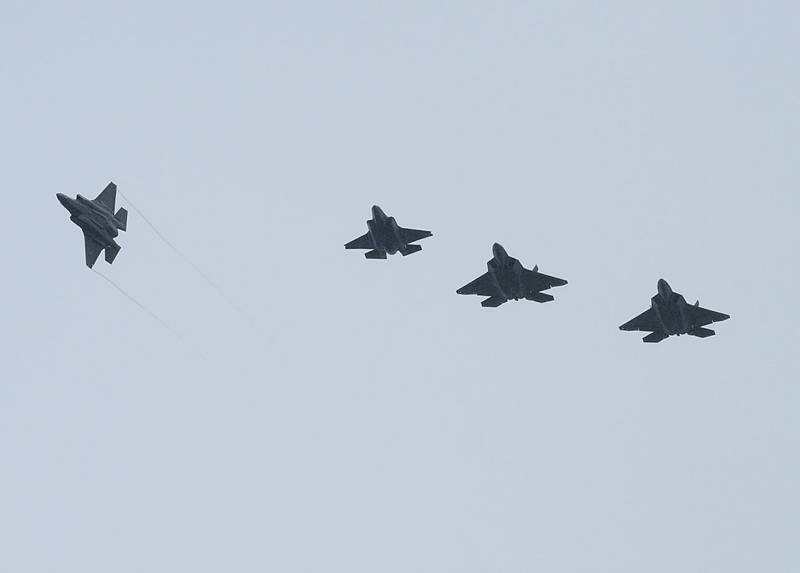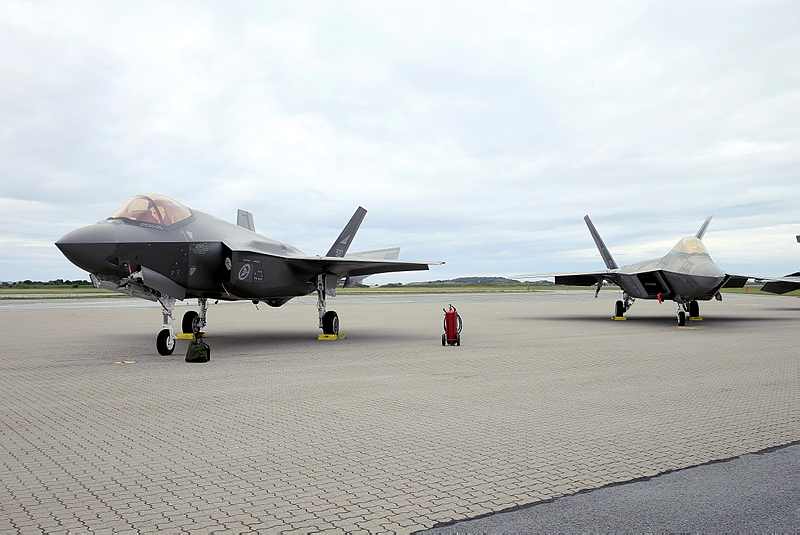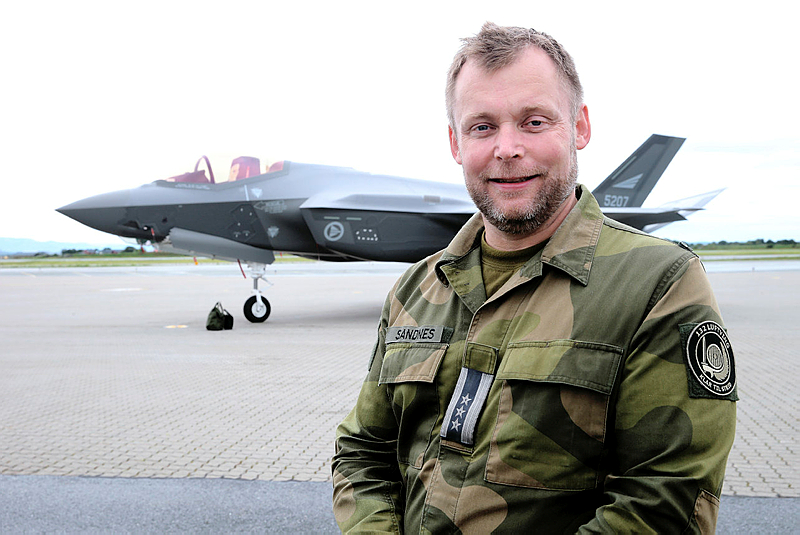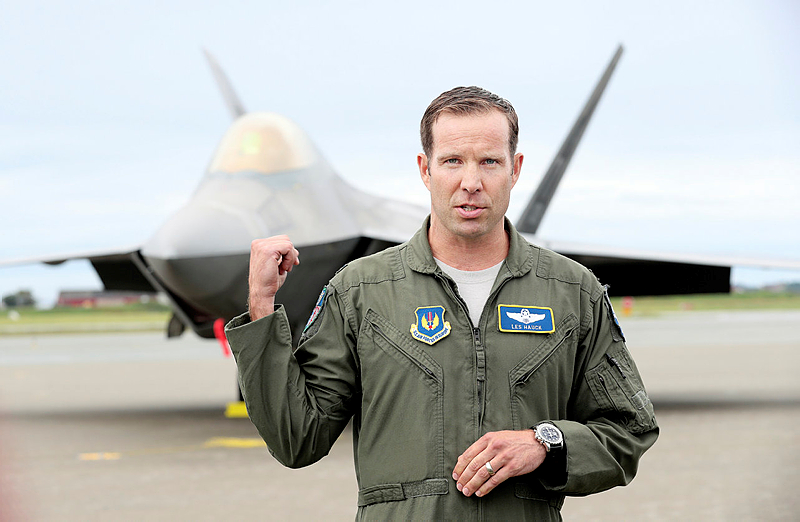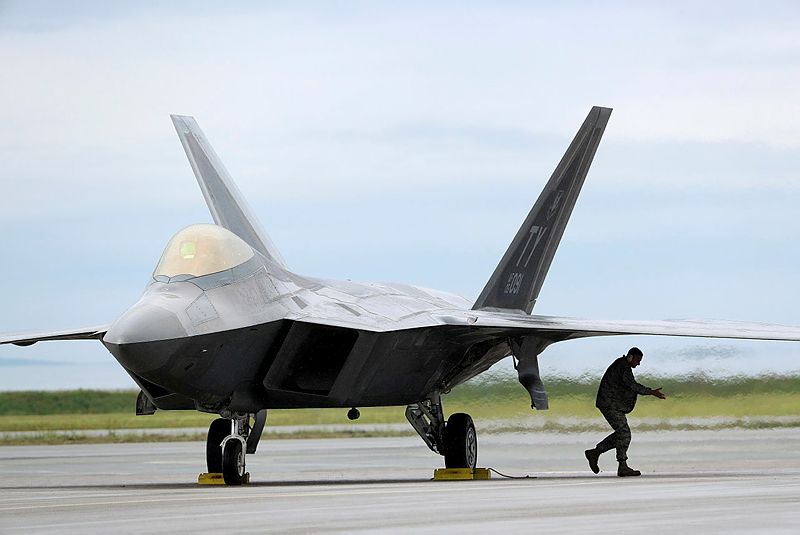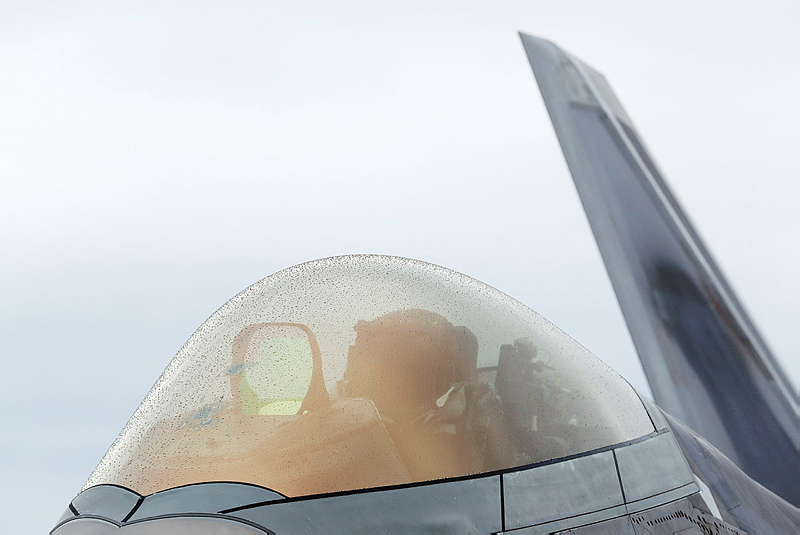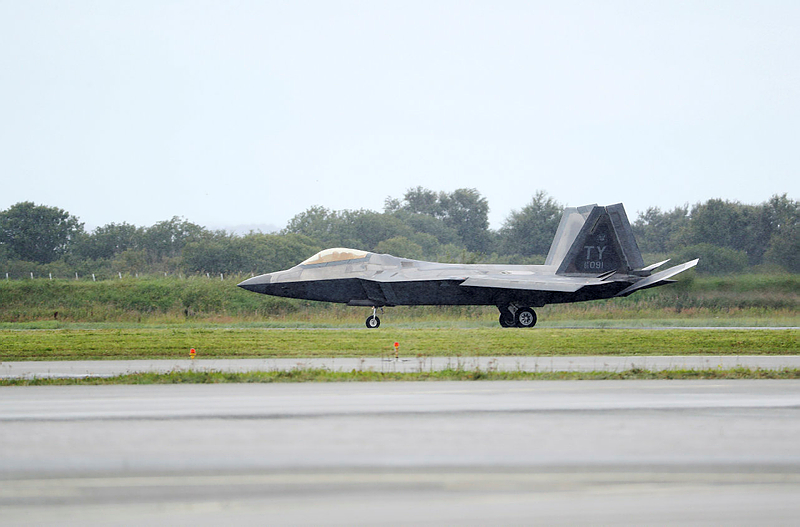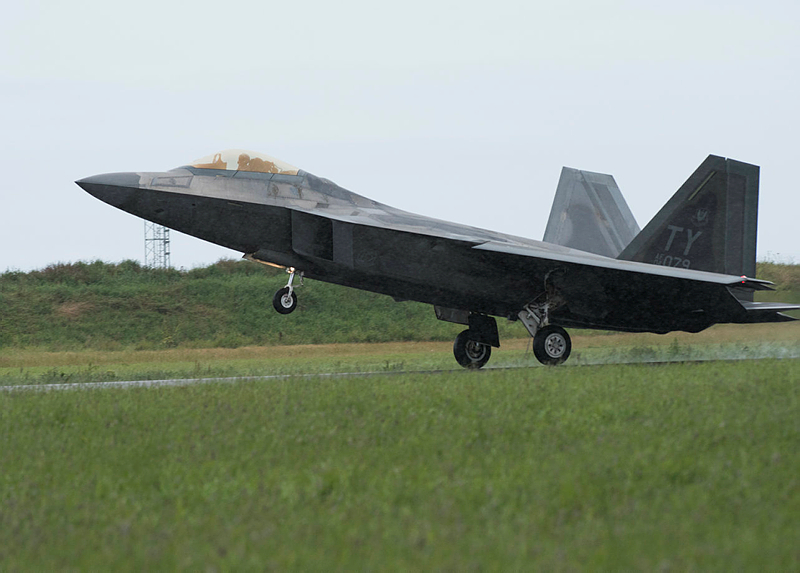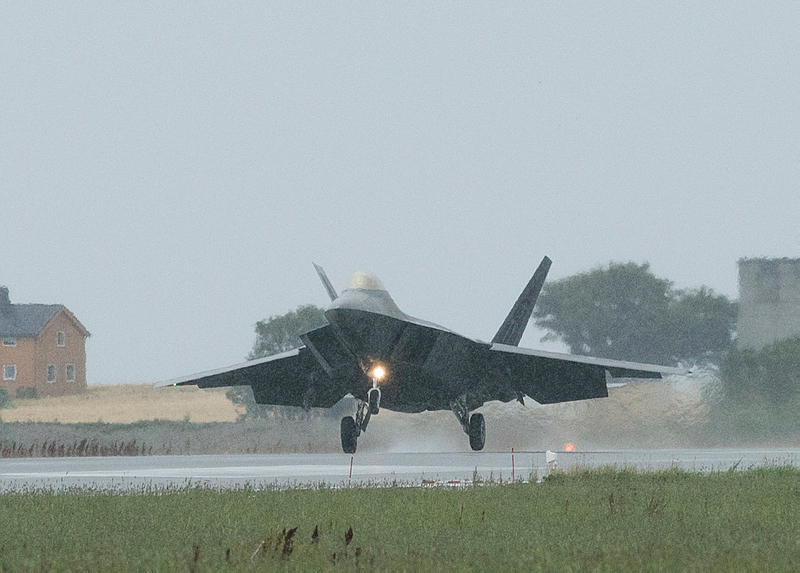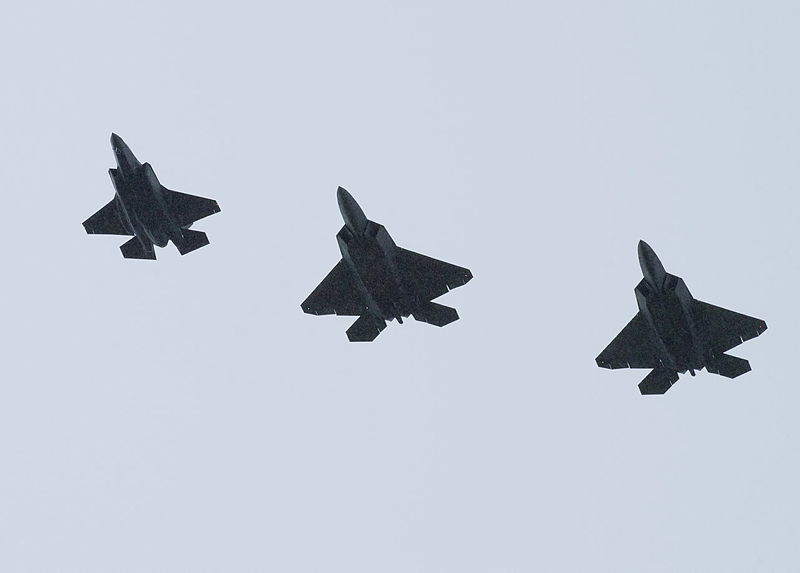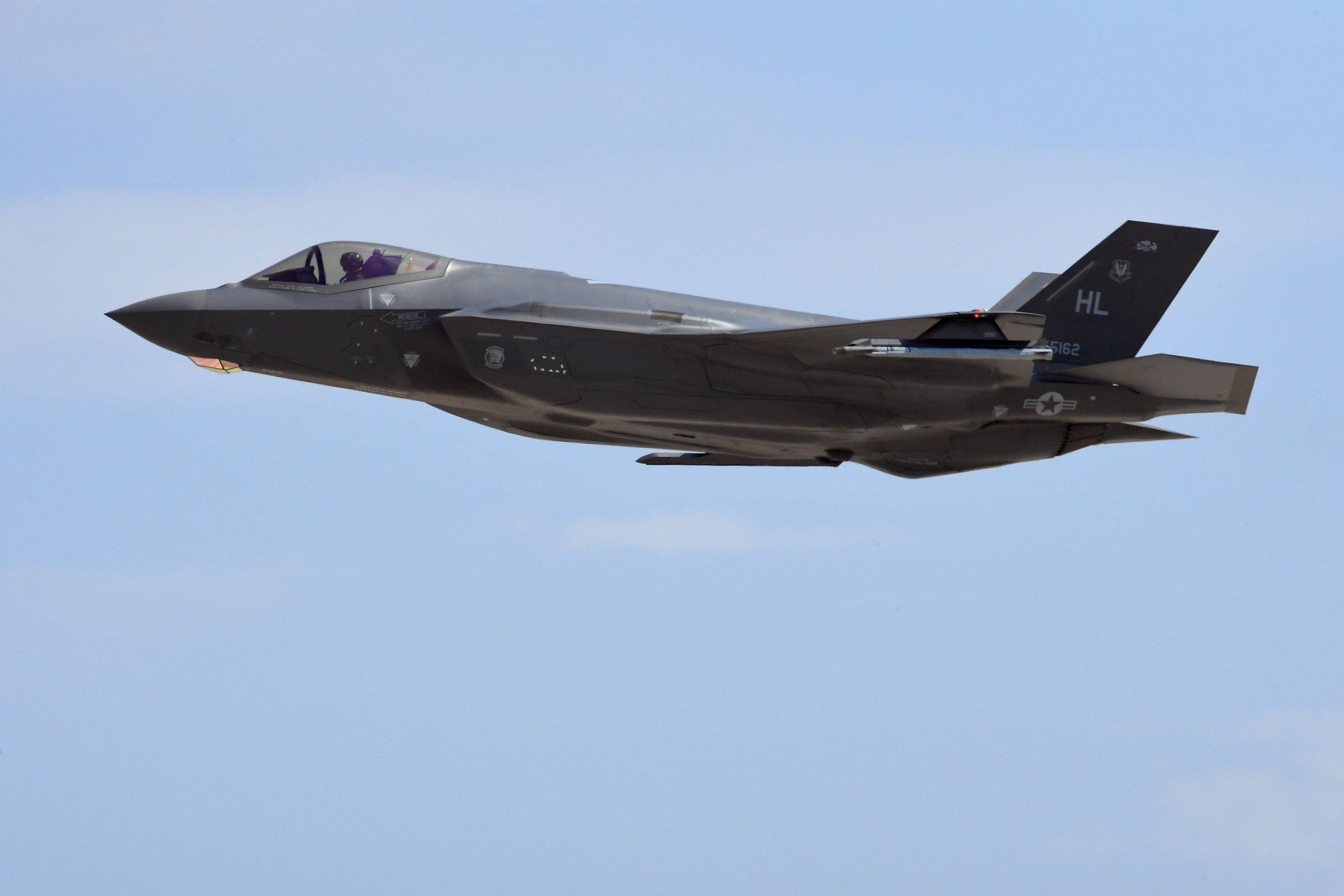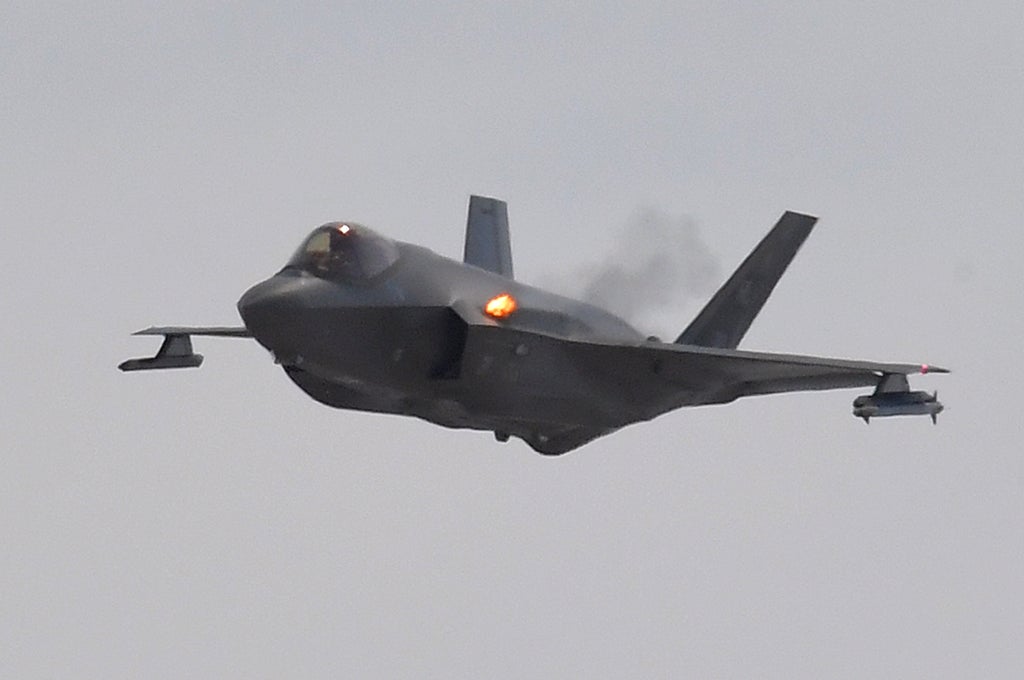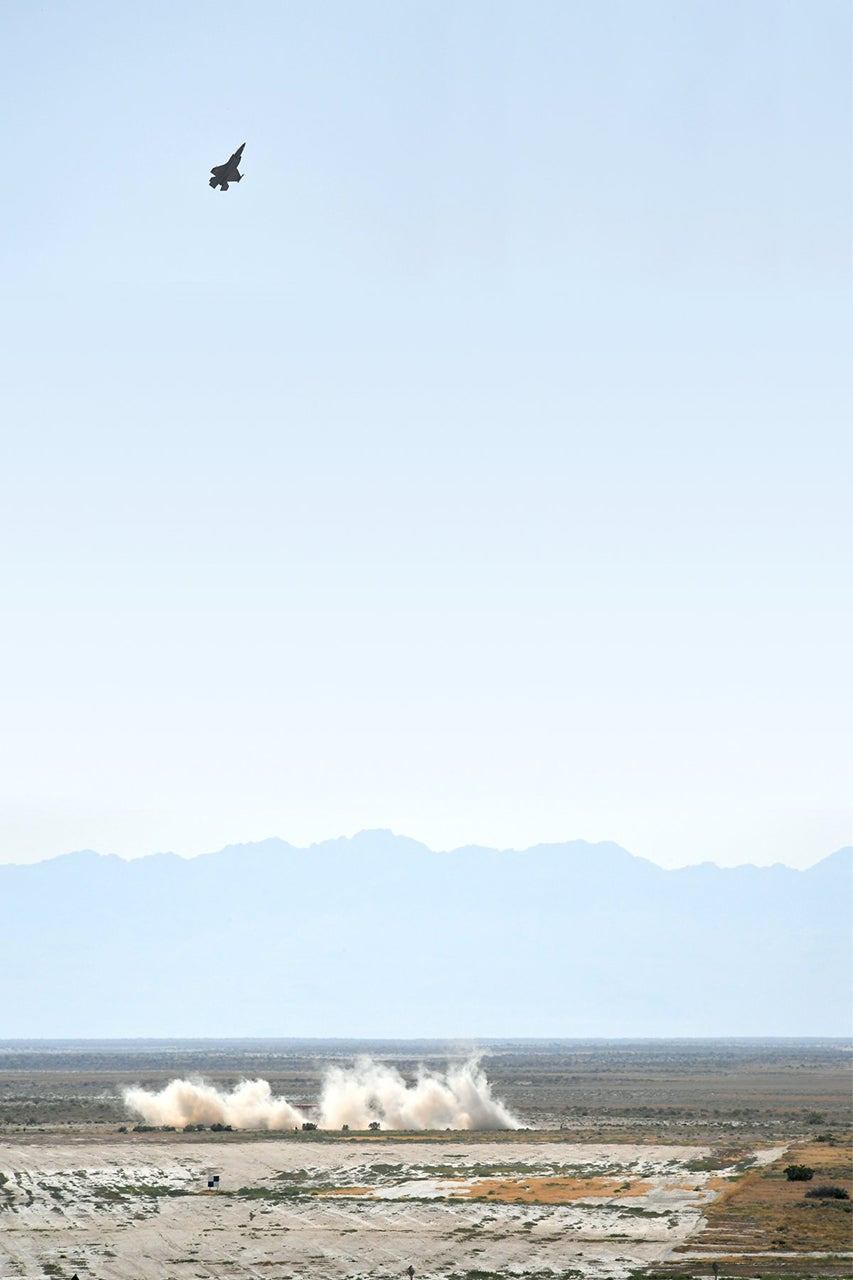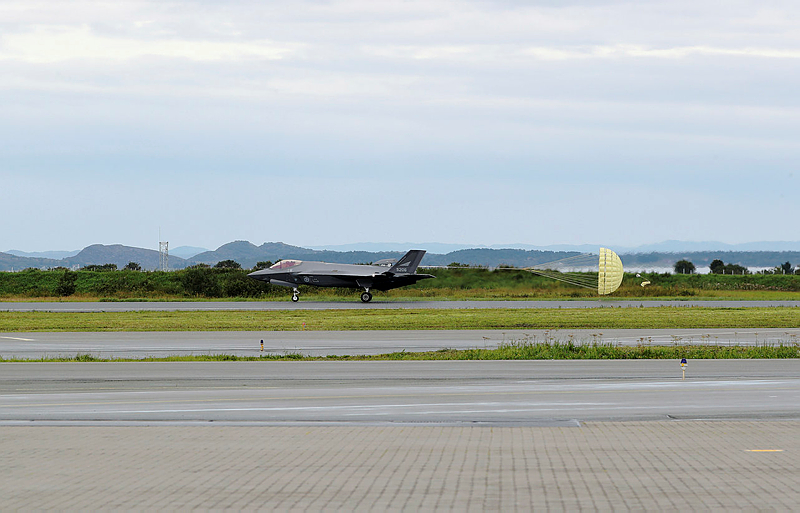In 2009, An F-22 Raptor Was "Killed" in a Mock Battle (Thanks to France)
“No matter how magical the F-22, any pilot can make a mistake,” admitted Lt. Col. Dirk Smith, a Raptor squadron commander.
by
David Axe
The key, Gruene said, was to get as close as possible to the powerful F-22 … and stay there. “They didn’t expect us to turn so aggressively.”
Past evidence seems to confirms that a French fighter pilot once “killed” an American F-22 Raptor stealth fighter in mock combat.
Although not unprecedented, the simulated shoot-down is still a big deal for a couple reasons.
For one, the
Lockheed Martin-made F-22 is supposed to be the most fearsome warplane in history, a quarter-billion-dollar-per-plane technological marvel that flies higher and faster than its opponents while avoiding detection by radar. The Pentagon is counting on a tiny number of the pricey Raptors — slightly more than 180 — to ward off potentially much larger numbers of
enemy planes for the foreseeable future. Every mock dogfight the F-22 loses undermines the Pentagon’s
plans for air dominance .
Plus, the French still have a totally undeserved reputation in non-French military circles for battlefield incompetence — one based mostly on a bad reading of World War II history. That a French pilot could defeat an F-22 speaks volumes about the Raptor’s limitations … and about French air-combat prowess seven decades after Paris’ surrender to Nazi Germany.
The French victory over the F-22 occurred in November 2009. A squad of F-22s from the Air Force’s 1st Fighter Wing in Virginia flew to
Al Dhafra, in the UAE , to train with French air force Rafale fighters and Typhoon jets from the British Royal Air Force.
The following month, the French Ministry of Defense released video captures from a Rafale’s forward-facing camera showing an F-22 in a disadvantageous dogfighting position, implying the French plane had won at least one round of pretend fighting.
But the American pilots insisted their planes had gone undefeated against the French during the November exercise — that, in fact, the F-22s had “shot down” Rafales in six one-on-one engagements. Five other simulated battles ended in draws, the Americans said. The U.S. pilots copped to just one loss in the war game — an F-22 defeated by a Mirage 2000 flown by an Emirati aviator.
But
a video posted by a French Website on June 18 proves that the Americans were lying — or at least incorrect. The video from the Rafale’s camera clearly shows the French plane maneuvering into a good position to launch an infrared-guided Mica missile against a defending F-22.
To be fair, it’s unclear what scenario the jets were playing out: whether, for instance, the F-22 started out slower and lower in order to let the Rafale gain the advantage for training purposes. Nevertheless, the video shows that the Rafale, a decade older and less sophisticated compared to the F-22, can be roughly comparable to the Raptor when maneuvering at low speed during close combat.
Even before the Emirati and French wins in 2009, the Americans knew the F-22 could be beaten, although they rarely mentioned this uncomfortable fact. During the Raptor’s first-ever major air exercise in 2006, an Air Force F-16 most likely dating from the 1980s managed to “kill” an F-22. A Navy Growler jet,designed to jam enemy radars,
repeated the feat in 2008 or early 2009.
“No matter how magical the F-22, any pilot can make a mistake,” admitted Lt. Col. Dirk Smith, a Raptor squadron commander.
And the 2009 war game would not be the last to result in “dead” Raptors. In June 2012 a contingent of German pilots (flying the same new Typhoon fighters as the British) figured out the best tactics for
shooting down the F-22.
Eight times during a two-week war game in Alaska, individual German Typhoons flew against single F-22s in basic fighter maneuvers meant to simulate close-range dogfights. “
We were evenly matched ,” German Maj. Marc Gruene told
Combat Aircraft .
The key, Gruene said, was to get as close as possible to the powerful F-22 … and stay there. “They didn’t expect us to turn so aggressively.”
Gruene said the Raptor excels at fighting from beyond visual range with its high speed and altitude, high-tech radar and long-range missiles. But in a slower, close tangle — what pilots call a “merge” — the heavier F-22 is at a disadvantage. “As soon as you get to the merge … the Typhoon doesn’t necessarily have to fear the F-22,” Gruene said.
Neither does the 30-year-old American F-16, a Navy jamming plane or the 1990s-vintage Rafale — flown by a Frenchman! The worrying implication, of course, is that Chinese, Russian and other rival planes also need not worry about America’s main jet fighter.

